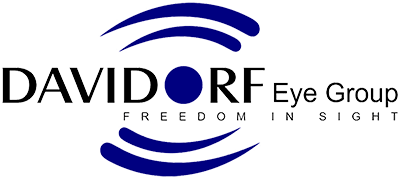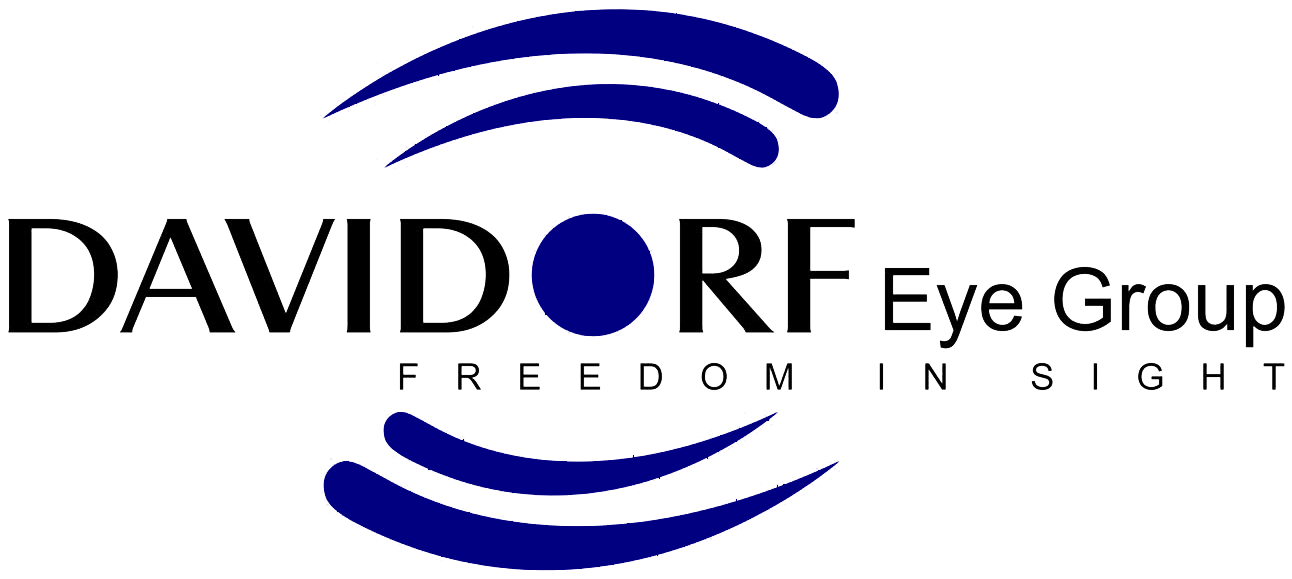Dr. Jonathan Davidorf recently presented Presbyopic IOL Calculations: The Aspheric ReSTOR D3 and Crystalens HD at the annual American Academy of Ophthalmology (AAO) conference in San Francisco. The clinical study examined the predictability of intraocular lens implant (IOL) calculations in patients undergoing cataract surgery and implantation of the ReSTOR Aspheric of Crystalens HD IOLs.
Specifically, 50 eyes of patients undergoing cataract surgery will receive the ReSTOR Aspheric IOL and 50 eyes will receive the Crystalens HD lens. Eyes with a prior history of refractive surgery are excluded from the study. IOL calculations are performed with the data acquired from the IOL Master and analyzed with the Haigis and SRK-T formulae. Prediction errors derived from the one-month postoperative spherical equivalent refractions are calculated and their variance is analyzed.
At the time of this study, the initial 37 eyes (11 ReSTOR Aspheric, 26 Crystalens) treated and analyzed displayed a mean prediction error in the ReSTOR Group of 0.04 + 0.56 (SRK–T) and -0.31 + 0.99 (Haigis). The mean prediction error in the Crystalens Group is -0.17 + 0.47 (SRK-T) and -0.31 + 0.58 (Haigis). There is no significant difference in the prediction errors between the two groups (p> 0.10).
In conclusion, the preliminary data demonstrates good predictability of IOL calculations in both the ReSTOR Aspheric and Crystalens HD lenses and the differences in predictability do not appear to be significant.
Dr. Davidorf is a frequent guest lecturer at ophthalmology conferences, including the annual AAO and American Society of Cataract and Refractive Surgeons (ASCRS) meetings. His involvement in clinical trials and the subsequent presentations contribute to advancements in eye care.



